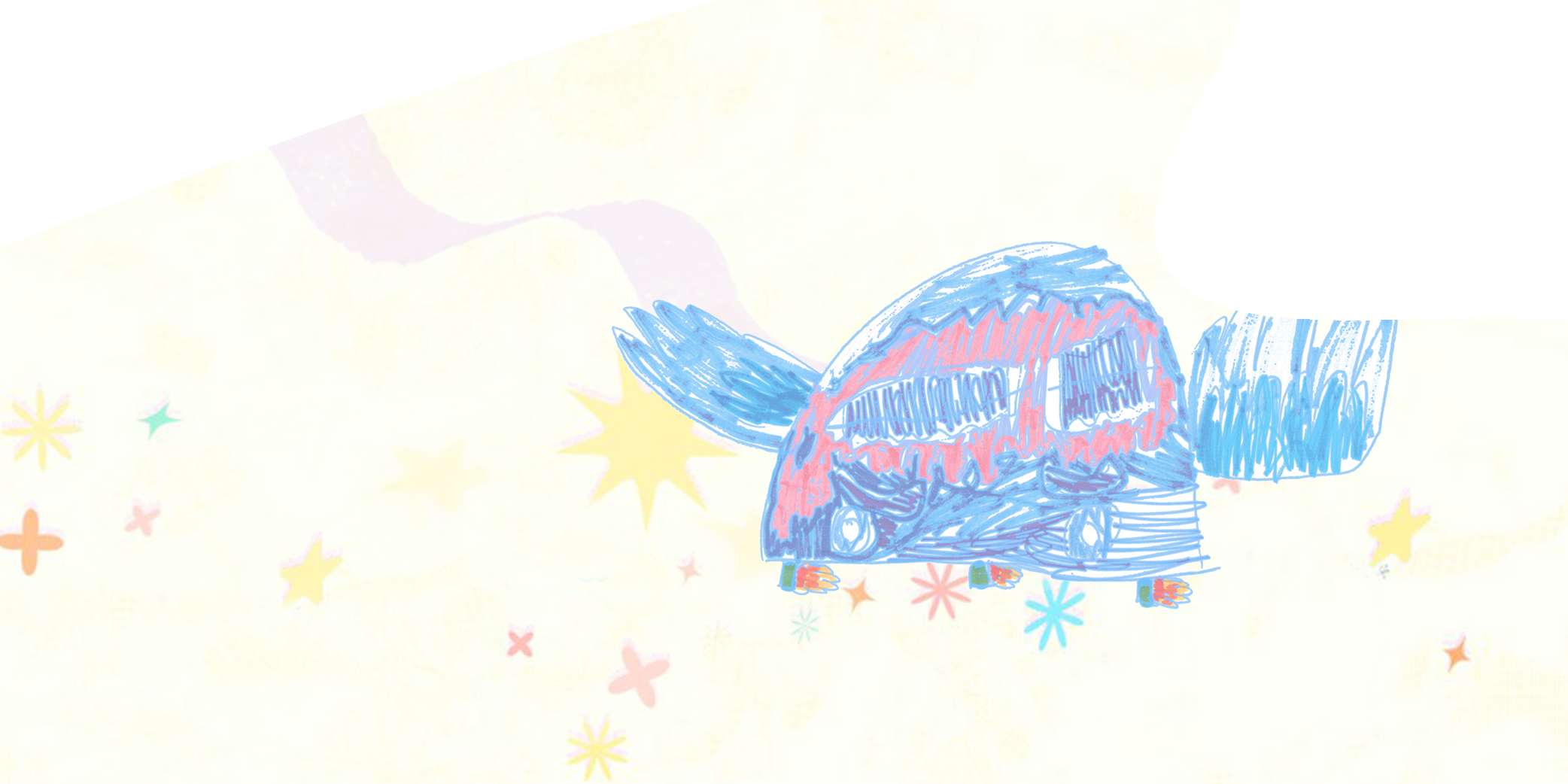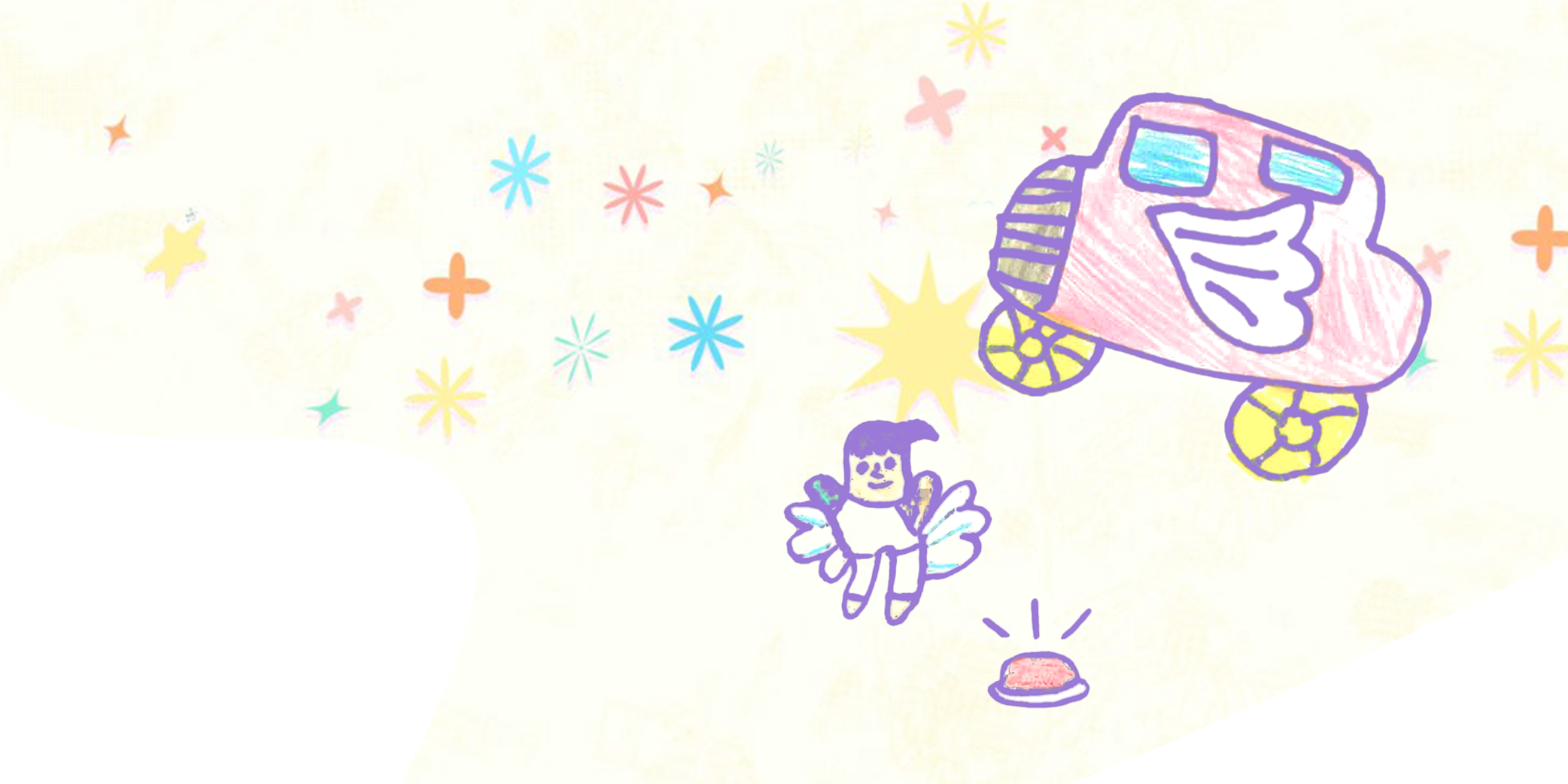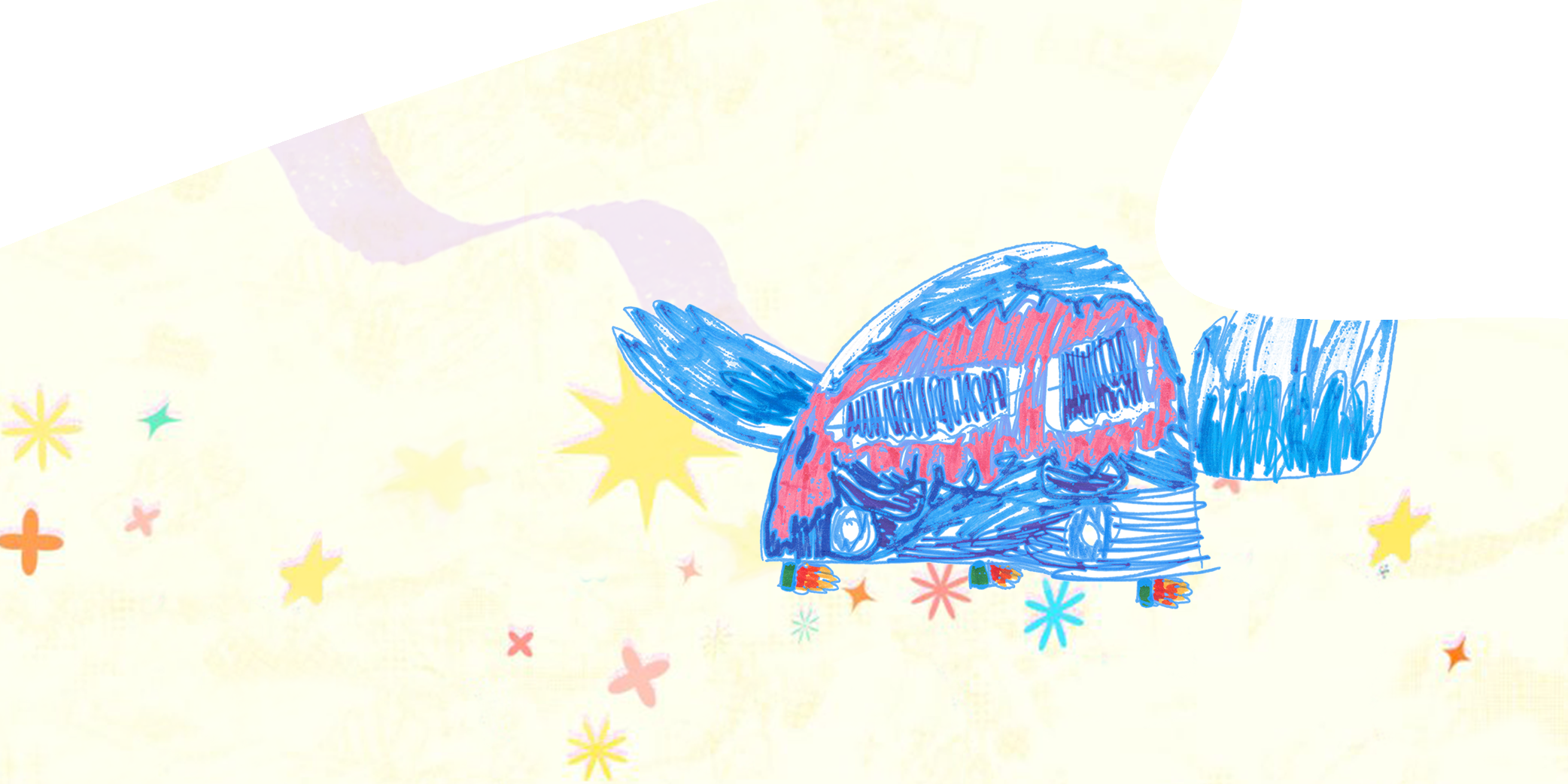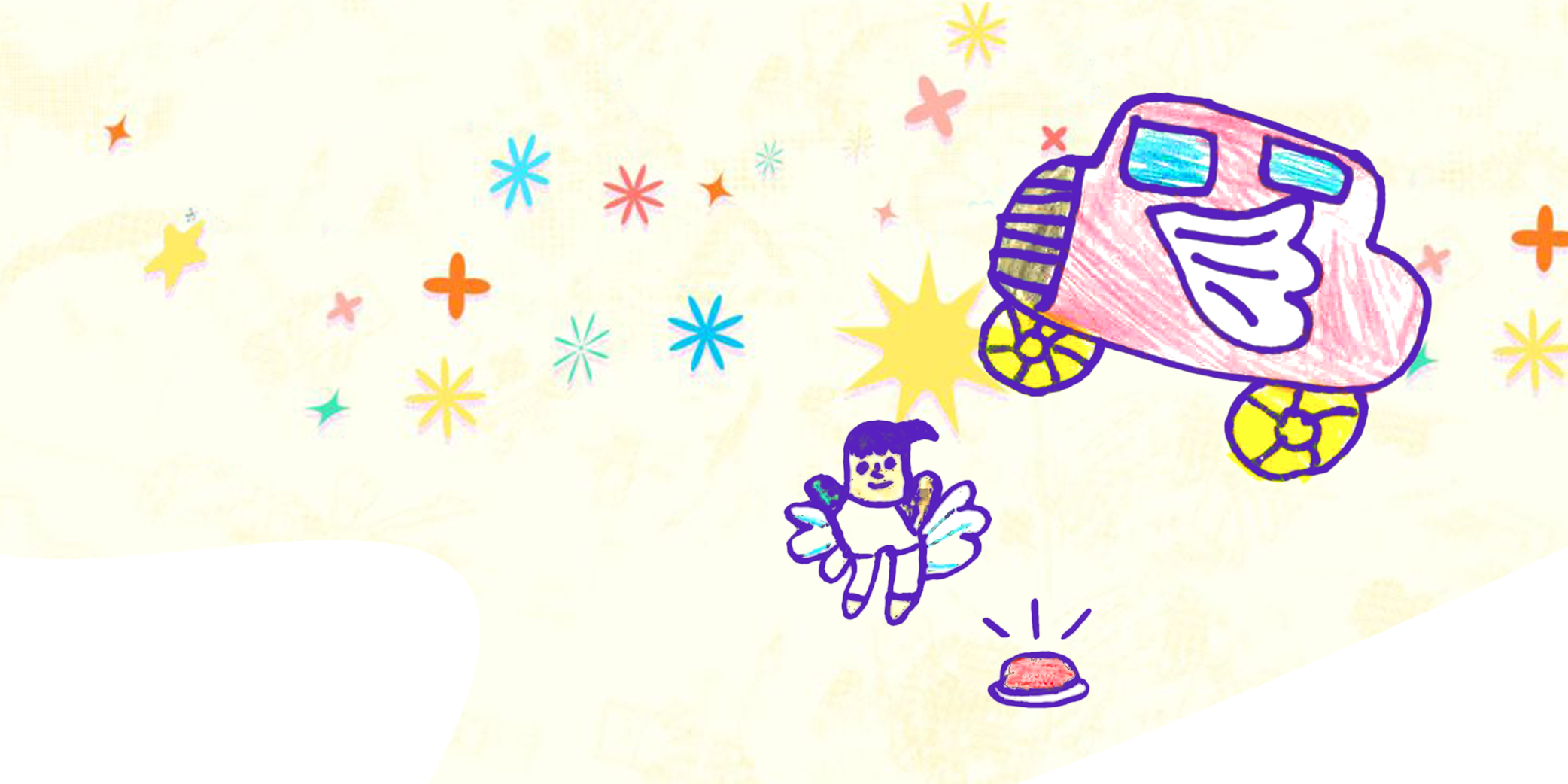Envisioning Technologies of the Future with Australian and South Korean Children
What do children want from future digital technologies?
This project sought to understand how Australian and South Korean children between ages 6 and 8 envision digital technologies of the future.
Using speculative design fiction, we invited children from select primary schools in South Korea (Bucheon, Gwangmyeong, Siheung) and Australia (Canberra) to participate in workshops where they designed, drew, wrote and narrated about future digital technologies.
Artefacts produced from these workshops will be exhibited in Australia, South Korea and online to open conversations around how digital technologies of the future can be co-designed with children for children.
This projected is supported by the Australia-Korea Foundation, the Korea-Australia Foundation and Gyeonggido Office of Education Media Education Centre.
How Australian children envision future technologies
The drawings depict a hopeful vision of the future where the children’s desire for play, free movement and support for daily activities are championed.
Yuma – ‘Hello’ in Ngunnawal, the traditional language of the Indigenous people of Canberra, Australia. The team ran five workshops with over 80 children at a public primary school in Canberra, Australia inviting children to envision the future of digital technologies. Canberra is the capital city of Australia and is ranked one of the most liveable cities in the world. Often called the “Bush Capital”, Canberra is surrounded by beautiful forests, nature reserves and farmland while hosting Australia’s Parliament House, War Memorial and Lake Burley Griffin.
In Australia, a consumer study found that there was an average of 20.5 internet-connected devices in each household in 2021, with the number forecasted to surge to 33.8 by 2025 (Telsyte, 2021). In another study, Australian households with children between ages 0 and 8 had 7.8 different types of internet-connected devices on average, with 79 percent of households on the National Broadband Network (NBN) and 13 percent on other Internet services. Only 7.7 percent of households reported having only mobile data connection in their homes (Pangrazio & Mavoa, 2023). Australian families are well-connected with digital technologies deeply embedded in their everyday lives.
Given the ubiquity of digital technologies in the everyday lives of Australian children, it is no wonder that children within our study had difficulty understanding the concept of ‘digital technologies’ as something distinct; what they are and the purposes they may serve. As you will see in this exhibition, many drawings are rooted in fantasy rather than reality with a few absent of any likeness to current conceptions of digital technologies. On the other end, there were drawings which reflected current digital technologies with little to no change. Children in our cohort found it difficult to articulate or imagine the idea of the ‘future’, leaving many to draw and talk about the affordances of current available digital technologies. Nonetheless, despite the many challenges, our children were brave and went forth to envision the digital technologies they want in the future.
The children’s names on the drawings have been changed to pseudonyms.
How South Korean children envision future technologies
Listening to children’s voices and experiences should be the starting point for digital media literacy education.
Bucheon, Gwangmyeong, and Siheung are key cities located in the metropolitan area of Gyeonggi-do. Bucheon, located just west of Seoul, is a cultural and artistic hub, hosting various events like the Bucheon International Fantastic Film Festival. Gwangmyeong, situated southwest of Seoul, is a rapidly growing residential and industrial center. Siheung, known for its advanced industries and eco-tourism, has a population where approximately 7.2% come from immigrant backgrounds. This makes it one of the cities in the metropolitan area with a relatively high percentage of immigrant residents, who benefit from active programs in Korean language education and social adaptation. In South Korea, a total of six workshops were held with the participation of about 80 children. The children took part in various contexts, including regular classes, libraries, and special Korean language classes for students from newly immigrant backgrounds, and their works reflect their unique perspectives on the future.
South Korean children are active users of various digital media in their daily lives. As of 2023, children aged 3 to 9 use smartphones (77.8%), smart TVs (65.6%), and tablets (57.1%), with an average daily media usage time of 3 hours and 6 minutes (Korea Press Foundation, 2023). They frequently access online video platforms like YouTube (97.5%), OTT services such as Netflix (72.8%) and Disney+ (36.8%), portals like Naver (86.7%) and Google (34.4%), messenger apps like KakaoTalk (95.6%), metaverse games like Roblox (90.9%) and Minecraft (40.3%), and Instagram (86.2%). These digital experiences explain why their drawings often feature specific brand devices, popular characters, and the latest TV technology.
The artworks cover a wide range of themes, including technological advancements, support for the elderly and disabled, and solutions to environmental and social issues. Many drawings prominently feature robots that fulfill the children’s wishes and care for others, often inspired by their favorite media characters. These robots help reduce the burden of schoolwork and prevent tardiness, reflecting the children’s desire for convenience, safety, and support in their daily lives.
The children imagine futuristic robots, time machines, and flying cars, representing a future where play, free movement, and productivity coexist. Their creations focus on making life easier for themselves and their families while showing care for others. Drawings of robots that protect children from kidnappers or help with farm work reflect their desire for safety and convenience. These robots are not just machines but compassionate helpers that can adapt to the needs of families and society.
In their imaginations, children also transcend the boundaries of time and space. Devices like flying cars or time machines that travel to the past illustrate their dreams of freely exploring different times and places. However, they also acknowledge that future technologies, like the “billion-won potion,” may be expensive, emphasizing the need for such technologies to be accessible to everyone, not just the wealthy. This reflects an awareness of societal inequalities and the digital divide.
The children’s drawings of future digital technologies demonstrate how they perceive digital technology and media in the various contexts they experience today. We hope this exhibition emphasises the importance of designing future technologies that bring joy, care for others, and create a safer, happier world.
The children’s names on the drawings have been changed to pseudonyms.
Organisers and sponsors
Organisers: Gyeongin National University of Education Centre for Media Literacy Research, University of Wollongong, Queensland University of Technology, ARC Centre of Excellence for the Digital Child
Sponsors: Australia-Korea Foundation, Korea-Australia Foundation, Gyeonggido Office of Education Media Education Center





